The Emerging Leaders in Environmental and Energy Policy (ELEEP) Network brings together young professionals from Europe and North America with the aim of fostering transatlantic relations. Former EGU Science Communications Fellow and ELEEP member Edvard Glücksman reports back from a study tour of the US Pacific Northwest. After describing urban planning strategies in Oregon in his first post, here he explores changing notions of social connectivity and how they play out across Seattle’s transportation infrastructure.
In a blockbuster deal earlier this week, Facebook bought messaging app WhatsApp for around €14 billion. Whatsapp, which allows people to send free text and picture messages from mobile devices over the Internet, has more than 450 million monthly users and claims that 19 billion messages are sent using its platform each day. These numbers are staggering, but the rise of Whatsapp and similar ‘chat-based’ messaging services also points to broader changes in our notion of connectivity, where even conventional SMS messages (17.6 billion sent each day worldwide) have come to be considered dated and too disconnected.
Continuous connectivity and public transit
This shift towards continuous connectivity has wide-ranging consequences, including on urban design and transportation systems. In Seattle (population 634,535), the largest city in the US Pacific Northwest, politicians and city planners are coming to terms with the rapidly changing ways by which citizens communicate with each other – using them to shift public transportation habits away from cars towards lower-emissions alternatives.
Over lunch with ELEEP members, former Seattle mayor Michael McGinn explains how mass transit policymakers in the United States are harnessing changing notions of connectivity and using them to gain acceptance for alternative transportation methods. Whereas in the past, he explains, inhabitants of a city ‘connected’ with each other by driving cars to meeting points, automobile use is now synonymous with isolation and a growing social disconnect. Public transit, in contrast, is seen more favourably in the age of smartphones, allowing travellers – by phone, text, and on the Web – to maintain social interactions throughout their journey.
When it comes to influencing policy, McGinn, known for his passion for cycling, laments that transportation challenges are not always dealt with as efficiently as they could be, with expensive, national-scale solutions often favoured over smaller, neighbourhood-level projects. This is a pity, according to McGinn, because it is precisely these smaller projects, tailored to local circumstances, that are most favourable when galvanising support for alternative transportation schemes.
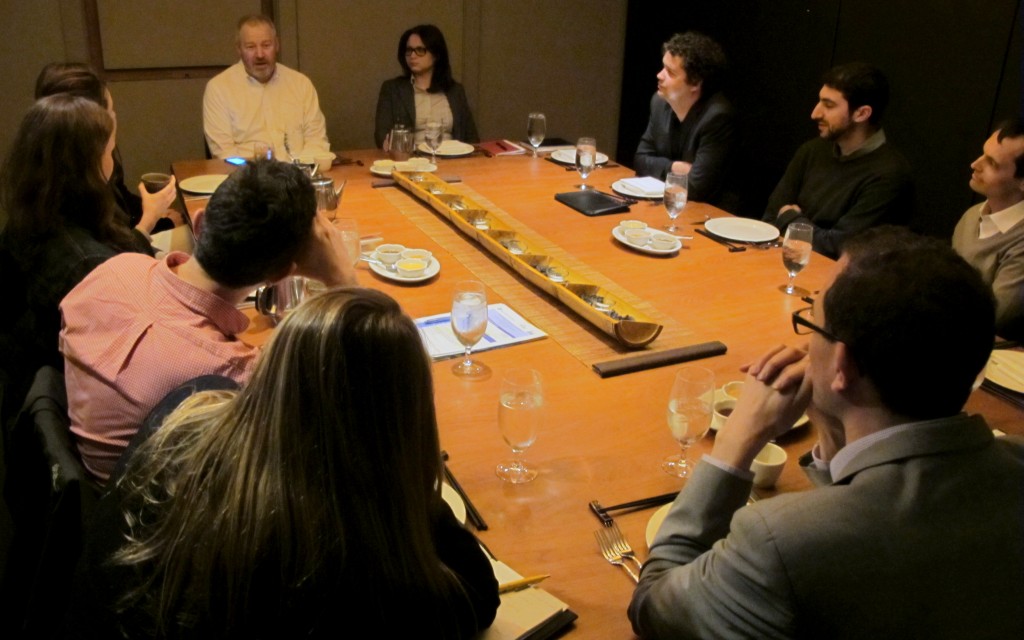
ELEEP members sit down for lunch with former Seattle mayor Michael McGinn. (Credit: Edvard Glücksman)
Biking on the rise
McGinn’s difficulty bringing biking schemes to downtown Seattle illustrates the political challenges faced by those working against the powerful US automotive lobby, where opinions are formed and decisions taken often according to political leanings rather than evidence-based policy. “The one thing worse than being in favour of bikes in this city is to be against them,” jokes McGinn.
McGinn’s mayoral strategy was grounded in a model of sustainable urban development that was successfully deployed in nearby Portland, based on dedicated neighbourhood greenways and mapped-out cycle tracks aimed at encouraging walking and biking. Although he ran into political trouble and eventually lost the mayoral election to Ed Murray in late 2013, McGinn leaves behind a legacy of a growing biking community in Seattle. The number of people biking to work grew by 42% in his first three years in office (2009-12) and interest is now high enough that the city’s first bike sharing scheme, Puget Sound Bike Share, is set to be launched later this year.
We met with the bike share’s Executive Director, Holly Houser, who walked us through the company’s ambitious goal of having 50 stations and 500 bikes up-and-running by the end of 2014, starting in the city’s densest neighbourhoods. Despite flagging direct support from the mayor’s office and red tape blocking many of the most obvious funding sources, Houser cites the city’s influential biking community itself as the project’s major strength, including ample support from city officials.
Counterintuitive solutions
Clark Williams-Derry of the Sightline Institute, a regional sustainability think tank, echoes the suggestions of our other hosts, that profound shifts in attitude towards public transportation are possible across urban areas in the US Northwest. According to Williams-Derry, past and present transportation forecasts are biased and nearly always shown to be wrong, routinely predicting dramatic increases in car-based transportation. Policy makers, he recommends, need to pay closer attention to public transportation usage statistics and the factors shaping commuter patterns.
Whereas our conversations revealed a clear tension between the automotive lobby and low-emissions transportation proponents, Mark Huppert of the National Trust for Historic Preservation’s ‘Preservation Green Lab’ points out that the journey to sustainable urban spaces creates a new divide; between environmentalists, wanting new and energy-efficient buildings, and preservationists, who hope to maintain and upgrade older buildings of historic significance.
Like changing connectivity patterns and transportation predictions, Huppert also strives to give voice to concepts that are not always intuitive for the public to understand. As we learned on a recent ELEEP trip to Hamburg, buildings, Hubbert argues, give inhabitants a sense of responsibility toward their neighbourhood when properly cared for, housing communal memories and evoking feelings of friendliness, social opportunity, and physical beauty. Buildings and their surroundings are home to experiences and, according to Huppert, tearing them down erases memories and, more concretely, releases into the environment the carbon used to create them. A dramatically different approach compared to Hamburg-Wilhelmsburg’s entire neighbourhoods of newly built, state-of-the-art green architecture.
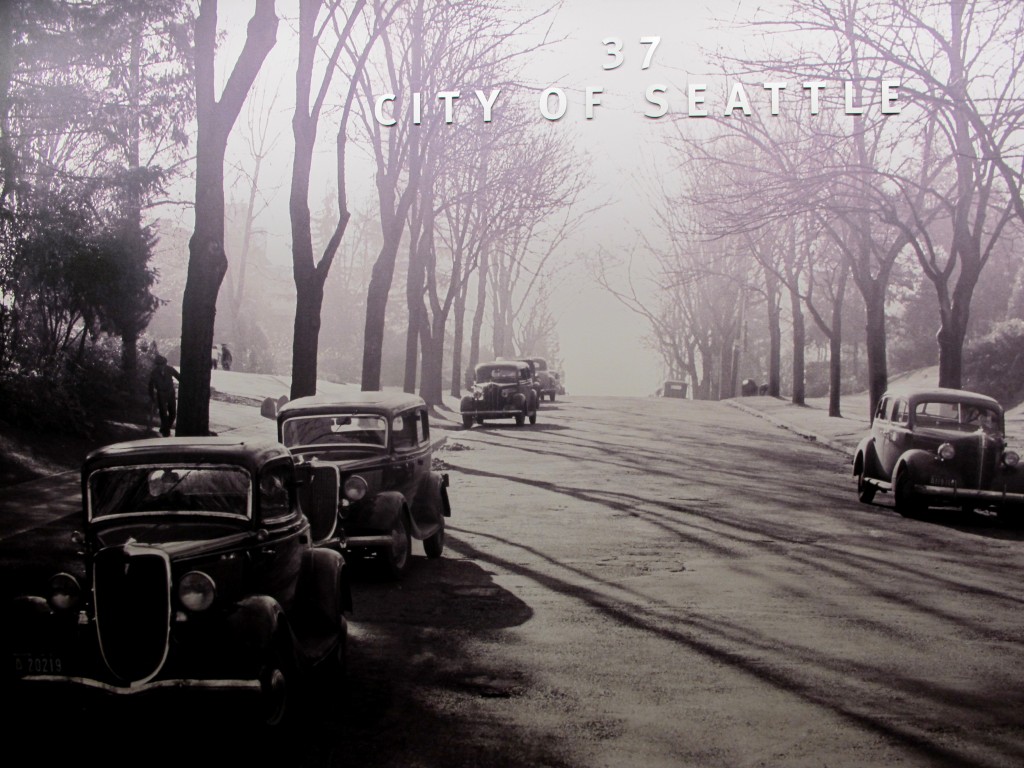
Mural on the wall of the Seattle Department of Transportation, showing the city at the start of the automobile area. (Credit: Edvard Glücksman)
Making public transport more comfortable than driving
Like Portland, the city of Seattle is relatively progressive compared with the rest of the US when it comes to regular public transportation use. The infrastructure is growing, and King County Metro already offers an extensive bus and trolleybus network. At the same time, work is underway to bring a modern streetcar network to downtown Seattle, connecting the city’s densest neighbourhoods. One line is already running and another is set to start later this year.
However, in order for Seattle and other US cities to reach European levels of public transport ridership, mass transit systems need to offer more than just a stronger feeling of connectivity, outdoing personal cars in both convenience and price. In Europe, this challenge has been overcome by creating environments that are openly hostile to cars, making their use both expensive and impractical.
Smartphones, which former mayor McGinn suggests have flipped the relationship between connectivity and transportation, can also play a large part in making mass transit options more attractive, with dedicated apps offering real-time scheduling updates, maps, and route-planning services. To that end, Seattle is exemplary, freely offering travel information streams to third-party developers and thereby encouraging a host of transit-related smartphone apps. It is now up to Seattleites to vote with their feet.
By Edvard Glücksman, Postdoctoral Research Fellow, University of Duisburg-Essen
ELEEP is a collaborative venture between two non-partisan think tanks, the Atlantic Council and Ecologic Institute, seeking to develop innovative transatlantic policy partnerships. Funding was initially acquired from the European Union’s I-CITE Project and subsequently from the European Union and the Robert Bosch Stiftung. ELEEP has no policy agenda and no political affiliation.

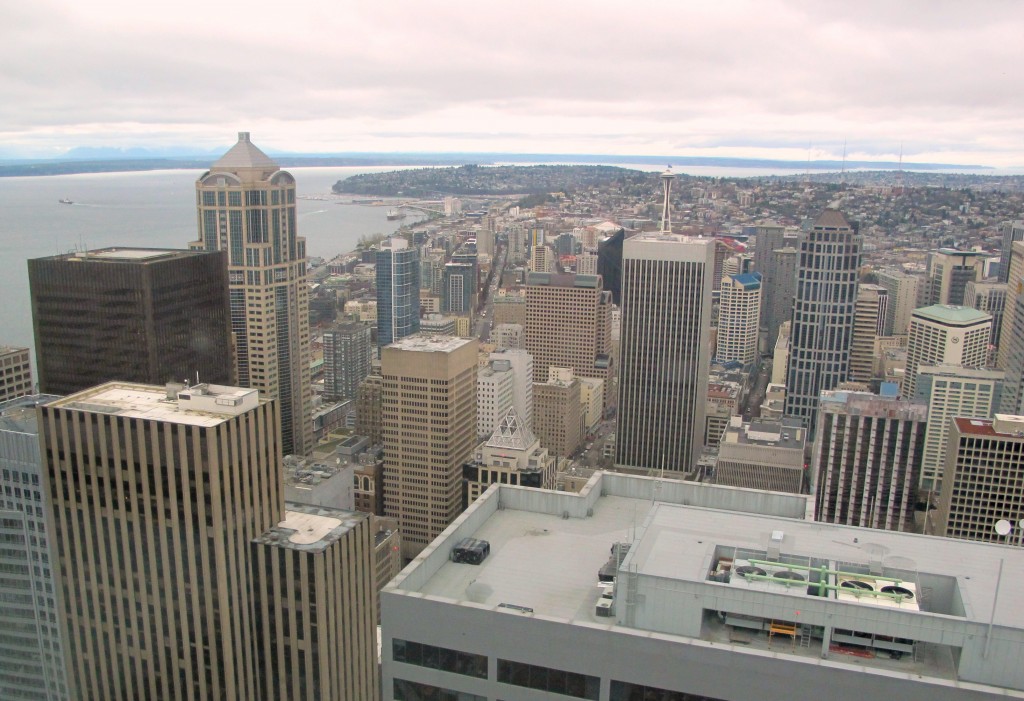
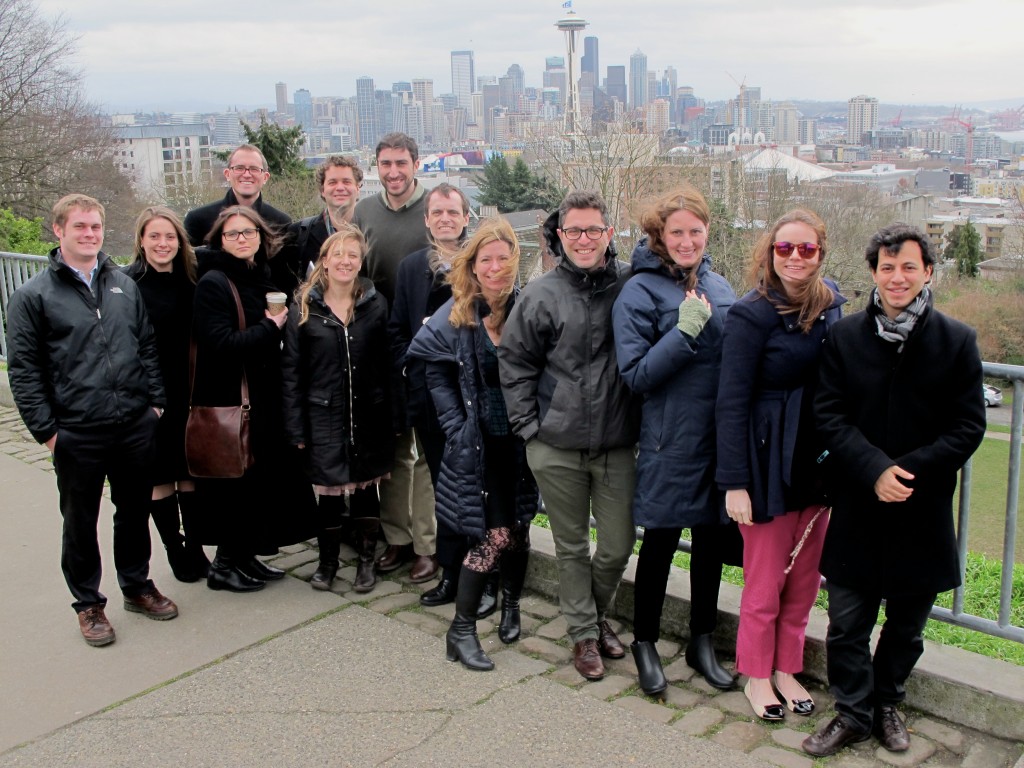
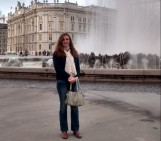
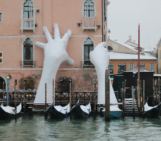
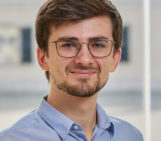
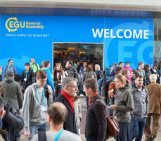
Lucas Ferreira
Perfect.
Verificado em Terço Para Noiva Entrar Na Igreja, São Paulo – SP
Vanessa Ferreira
Great!
Arquiteto de Vidro Acústico, Sao Paulo – SP